( 5 min ) Video(s)
What?! A WACC of 12%! It's not possible. It cannot be less than 25%. The growth is not more than 5%. How can a company's growth be more than the economic growth of the country? We can only apply a TVG of 5%. Sir, even if I assume a multiple of 10 times on revenue of Rs 5 crores, I arrive at a value of not more than Rs 50 crores. How can I give a thousand crores value to this company?
Description:
Want to know what the man is talking about? We give you valuations. One of the most exciting areas of finance to work on in this world of takeovers, disputes, multi-million dollar funding deals and strict regulations.
We begin the valuations module by first understanding a theoretical model called WACC, to calculate the cost of raising capital for a company.
Disclaimer: Curated content! This video is available for free here!
After the smash hit success of Malegaon Ka Superman, the team behind Malegaon Ke Sholay, Malegaon Ka New York, Malegaon Ki Tubelight and Malegaon Ka Toilet, wants to launch its own production house - Malegaon’s Own Film Organisation - MOFO. They want to get some of the best talent from all over the world - actors, technicians, directors, musicians - to Malegaon to make path-breaking remakes with the signature touch of Malegaon.
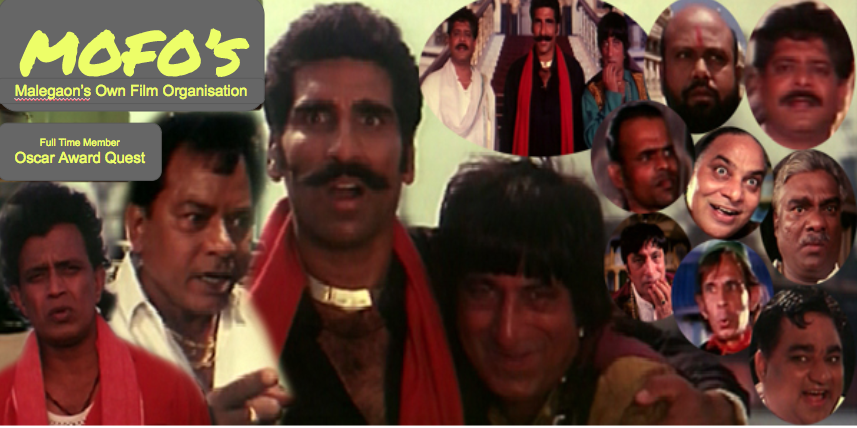
Let's see what some of the top artists have to say about them:
- Shahrukh Khan
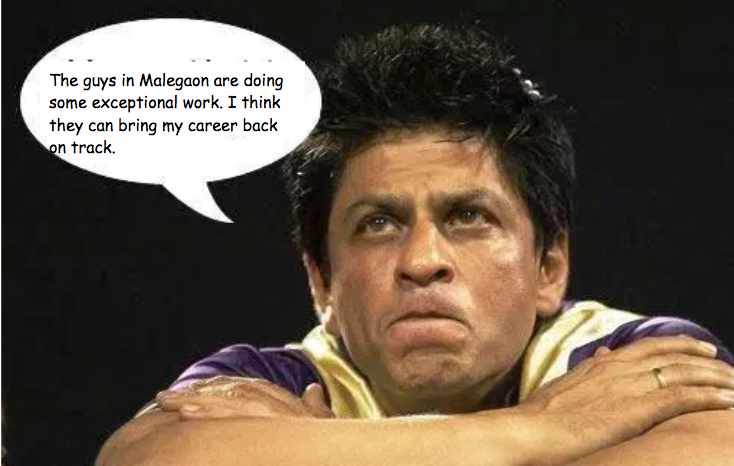
2. Alia Bhatt
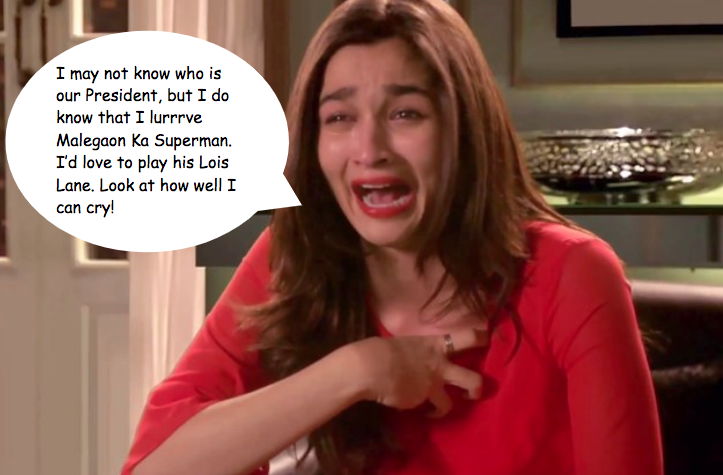
3. Christopher Nolan
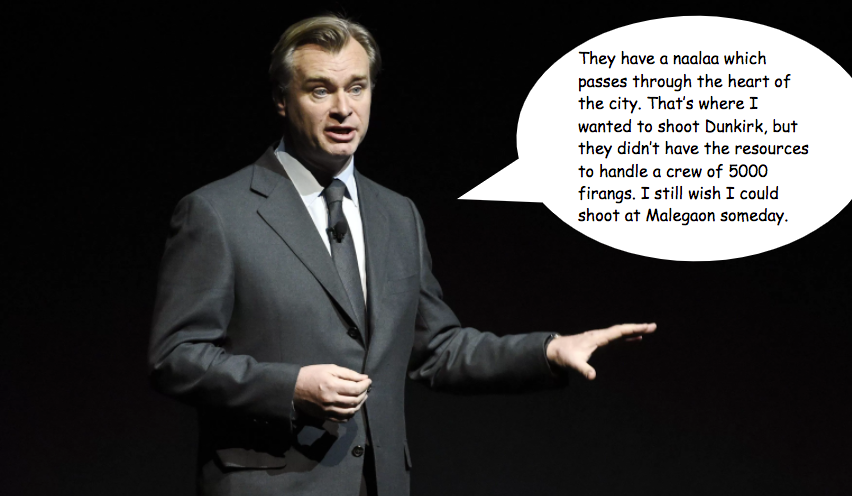
4. Priyanka Chopra
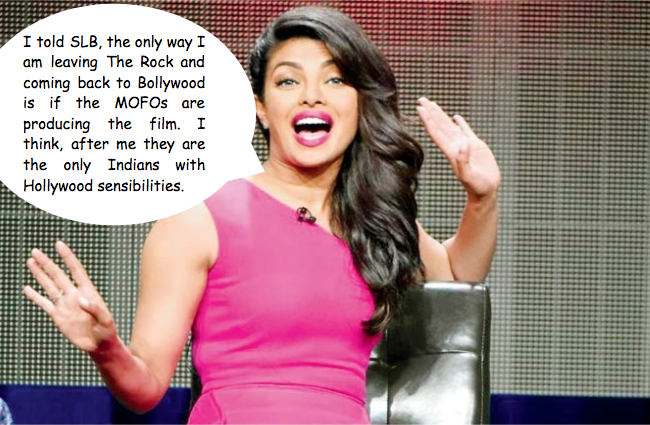
With such a strong wave of positive feedback, the MOFOs wanted to quickly launch their production house. With limited assets in their hands, they needed to raise money to buy equipment, set up a studio and begin business development activities.
They hired the one guy who seemed to know a bit about finance and had just left his job and chosen to move to Malegaon. Mr Raghuram Rajan - the man who put sex in sensex.
Raghuram Rajan -
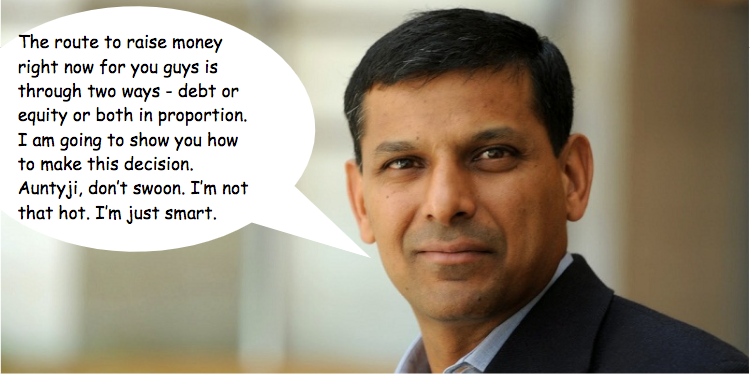
Raghuram went on:
“What you first need to understand is Cost of Capital.
Cost of capital is the required rate necessary to make a capital budgeting project worthwhile. It is the average rate paid for the use of capital or funds. Hence, it is called the weighted average cost of capital (WACC). It is the hurdle rate or benchmark rate used in capital budgeting projects.”
MOFOs scratching their heads - “What do you mean, bro?”
Raghuram - “Well, imagine you want a Tata Nano and you go to the showroom. The first thing that every Indian wants to know about a car is Kitna Deti Hai - what is the mileage? So for 1 litre of petrol, how many kilometers does the car run? Cost of Capital is similar. For every rupee you invest, how much is the return you expect from the project?
Capital structure is a mix of:
1. Debt - Borrowed money, either as loan or bonds (interest payment – timing and amount predetermined)
2. Common Equity - Ownership interest (residual claimants)
3. Preferred Stock - Mix between debt and equity
Cost of capital, therefore, includes the cost of debt and the cost of equity.
You guys may be the toast of the film world. But I am going to make you guys very rich too. Soon, MOFOs will look like this”

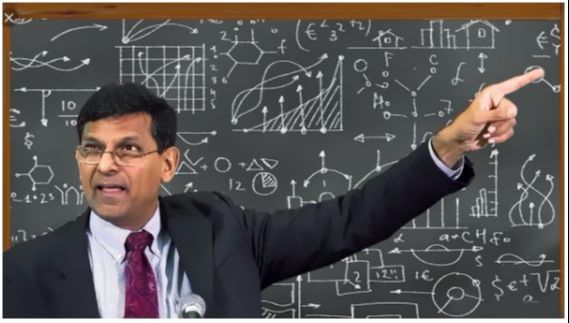
“So you need to raise 50 crore rupees for producing 5 films next year.
- Malegaon Mein Inception
- Gangs of Malegaon
- Malegaon and Me
- Malegaon Mein Kuch Kuch Hota Hai
- Malegaon
We are going to raise these 50 crores by debt and equity in the ratio of 2:3.
The cost of debt is interest (adjusted for tax).
The cost of equity is the purchase price.”
Taxes reduce the cost of debt, since interest is a tax deductible expense
WACC = Wd Kd + Wp Kp + We Ke
Wi = proportion of instrument I (Debt/Equity/Preference) in the capital of the firm (by market value)
Ki = cost of capital for that instrument I
Assuming only debt and equity (k and r used interchangeably)
WACC = (E/D+E) Re + (D/D+E) Rd*(1-t)
E= market value of equity
D = market value of interest bearing debt
Re = cost of equity
Rd = cost of borrowing
t = effective tax rate (in some cases, marginal tax rate might be used for simplicity)
Back to fin sex god
“So cost of debt in our case is 20% and cost of equity is 10%. Assuming a tax rate of 20%,
So WACC = (3/3+2)*10 + (2/3+2)*20*(1-0.2)
So WACC = 6 + 6.4 = 12.4%”
Raghuram Rajan signed off the way he often does
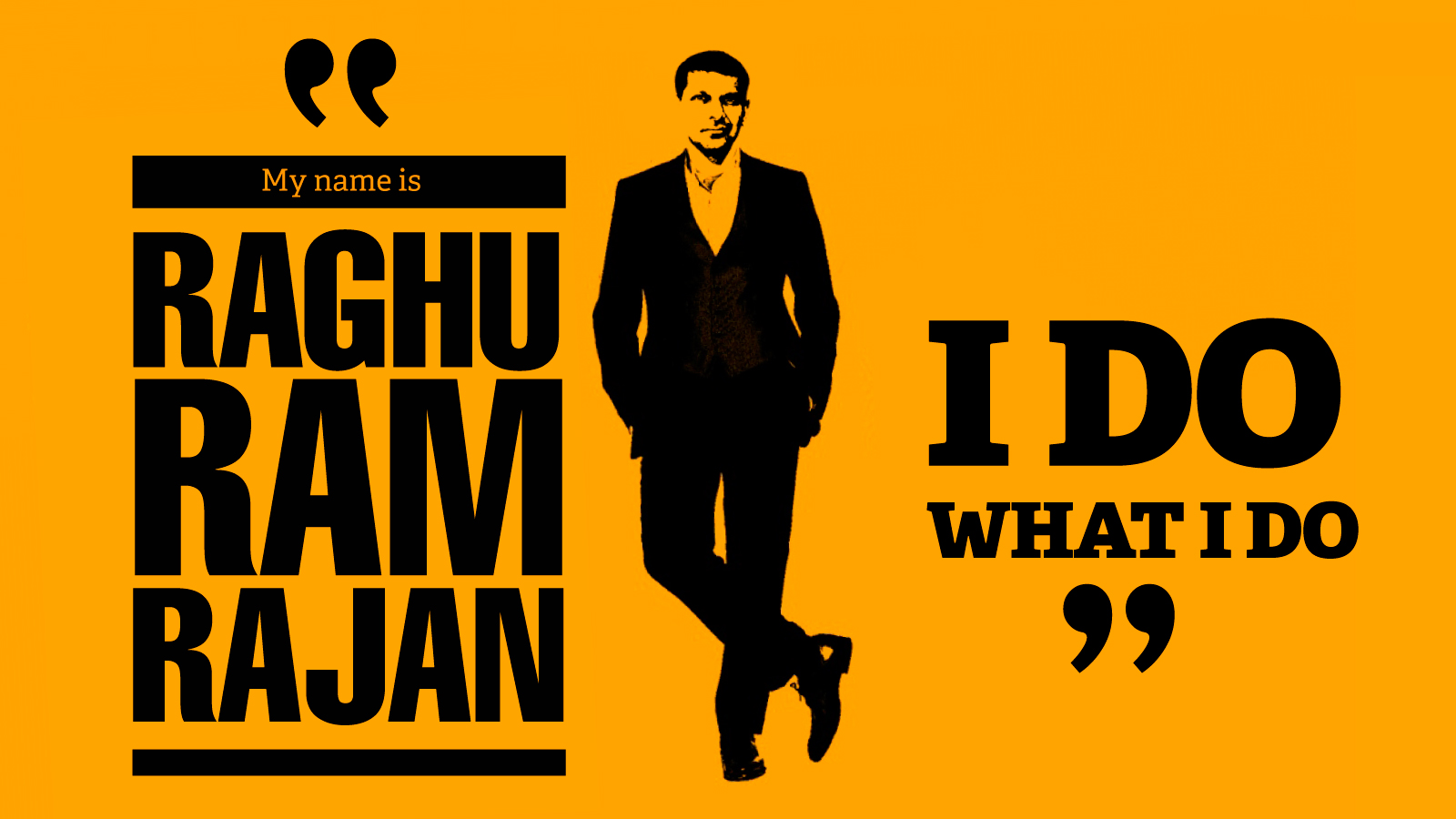
Key Takeaways :
1. Cost of Capital is the cost of raising money through debt or equity for a company.
2. To arrive at the composite cost of all the money raised through any of the routes, Weighted Average Cost of Capital is calculated.
3. The WACC of a company is inversely proportional to its valuation.
Up Next :
Please
Login
to Discuss
Don't Miss Out!
JOIN THEM NOW
 ALL COURSES
ALL COURSES  LIVE CHATS
LIVE CHATS  EXPERTS
EXPERTS  MY CERTIFICATES
MY CERTIFICATES  ABOUT
ABOUT  SUPPORT
SUPPORT
DISCUSS